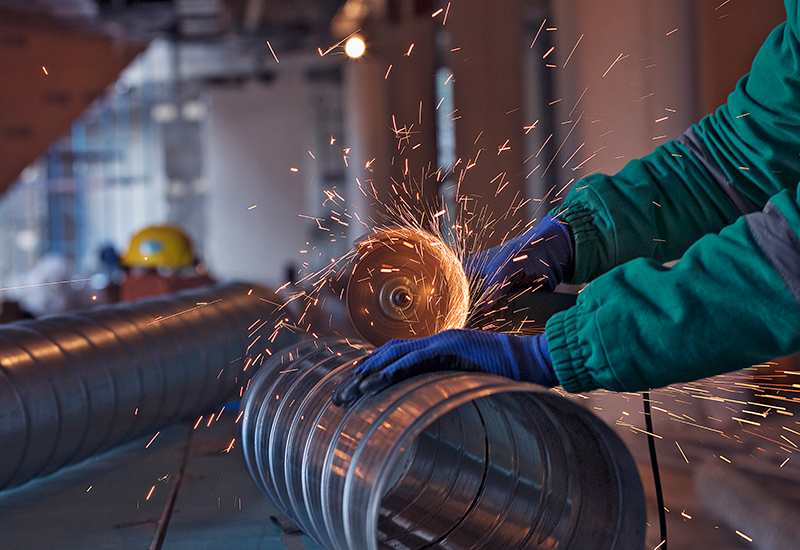The much awaited and hyped Indian budget for 2020 has been announced, bringing forth with it, lots of plans and hope for growth. Overall, it was a futuristic budget that our finance minister, Nirmala Sethuraman presented, with a major push on infrastructure.
The steel industry was focussed on two sectors in particular, in the lead upto the budget: The infrastructure and the automobiles. Both these industries were in a slowdown and that wasn’t great news for the steel consumption. Infrastructure sector contributes to about 50% of the steel consumption in the country with the automobile sector’s demand being just less than 20%.
With these sectors being in distress, as seen by the declining sales of cars and infrastructure sector, which shrunk for four months straight till the November – December period, the entirety of us, were looking forward to futuristic changes that would boost the domestic demand.
While the budget was warm towards the automobile sector, the infrastructure received a great boost. With the government’s keen intent to develop both commercial and residential infrastructure, seen by the increased budget allotment as well with a 22% increase in the capital expenditure, the steel industry can breathe a little easy. The rural economy too helps the consumption of steel to a great extent.
The impact can be observed in the marginal increase in steel prices in the past couple of months, ahead of the budget.
Post GST, we’ve seen a gradual growth of e commerce sector, which led to increase in the number of warehouses and supply chains. This, coupled with a lot of investments in the industrial construction sector, has been positive for the growth of steel.
The only sector where our industry isn’t seeing gradual growth is the automobile sector. The residential infrastructure continues to be a little weak and can be improved.
The widely termed “protectionist” move of the government, by agreeing to review the Free Trade Agreements (FTAs) and the custom duties levied, to protect and boost the domestic consumption, augurs well for the industry and also aligns with the “Make In India” scheme.
Another important notion that must be mentioned is the push for renewable sources of energy and a sustainable developmental approach that the government has taken. To put this in perspective with the infrastructural push, steel would be used more in the construction process. This is also the overall vision of Volta Green Structures, to contribute to a sustainable development of the country with steel construction.
Overall, it was a budget that’s good enough to bolster the economic slump, especially of the steel industry, in the near future. But its long term, futuristic impact remains to be seen in the time to come.






